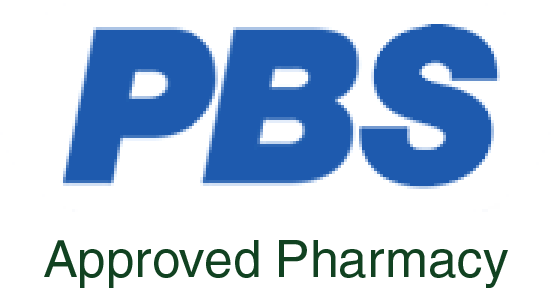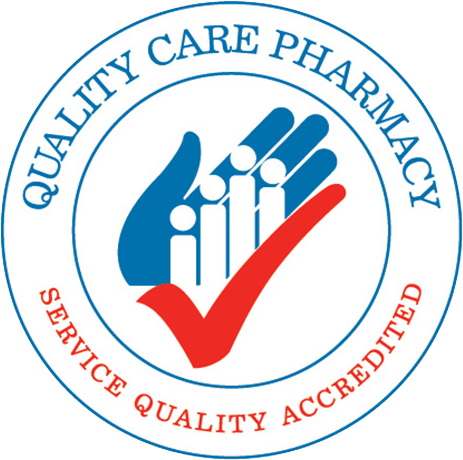Anaemia
Anaemia is a disorder of the blood in which the red blood cells are defective in some way.
What to look for
-
weakness, fatigue, and a general feeling of malaise… You may be mildly anaemic.
-
your lips look bluish, your skin is pasty or yellowish, and your gums, nail beds, eyelid linings, or palm creases are pale… You are almost certainly anaemic.
-
in addition to feeling weak and tired, you are frequently out of breath, faint, or dizzy… You may have severe anaemia.
-
your tongue burns… You may have vitamin B12 anaemia.
-
your tongue feels unusually slick and you experience movement or balance problems, tingling in the extremities, confusion, depression, or memory loss… You may have pernicious anaemia.
-
other possible symptoms: headaches, insomnia, decreased appetite, poor concentration, and an irregular heartbeat.
To stay healthy, the organs and tissues of the human body need a steady supply of oxygen. anaemia, in which body tissues are deprived of oxygen, is caused by a reduction in the number of circulating red blood cells or by inadequate amounts of an essential protein called haemoglobin. The severity of anaemia can range from mild to life-threatening.
Normally, the heart pumps oxygen-depleted blood to the lungs, where haemoglobin in the red blood cells binds to oxygen collected there… Oxygen-rich blood then travels through the circulatory system to the rest of the body.
Oxygen starvation occurs if the body lacks sufficient numbers of red blood cells, which survive for only about 120 days and must constantly be replaced. Anaemia can occur if large amounts of blood are lost or if something interferes with the production of red blood cells or accelerates their destruction. Because haemoglobin is the main component of red blood cells and the carrier for oxygen molecules, anaemia also occurs if the haemoglobin supply is insufficient or if the haemoglobin itself is dysfunctional.
More than 400 different forms of anaemia have been identified, many of them rare. An anaemic person often appears pale and weak and may feel breathless, faint, or unusually aware of a pounding heart.
The disorder may arise from a number of underlying conditions, some of which may be hereditary, but in many cases poor diet is to blame. Although some forms of anaemia require supervised medical care, those stemming from improper nutrition can typically be treated at home once a physician has determined the cause.
CAUSES
Anaemia can be the result of the body’s bone marrow not making sufficient levels of red blood cells, the body destroying too many blood cells, loss of blood (through heavy periods or unnoticed bleeding) or through a Vitamin deficiency in B12, B6, folic acid and iron.
Vitamin C has also been found to be helpful for iron-deficient anaemia. The problem can be traced to dietary deficiencies. Anaemia in alcoholics arises because they fail to eat properly. Anaemia can also result when the digestive system loses its ability to absorb key vitamins and minerals.
Iron deficiency anaemia, occurs when the body does not store enough iron, the primary raw material of haemoglobin. Iron deficiency is usually a dietary problem, but in many cases other conditions complicate the picture. For example, women who lose excessive amounts of blood through heavy menstrual flows (see Menstrual Problems) may have a lower-than-average iron level. Women who are pregnant or nursing may also have low iron levels because of loss to the developing foetus or because of milk production.
Iron deficiency anaemia also afflicts people who have had surgery to remove part of the stomach, thereby impairing the ability to absorb iron.
The most common megaloblastic anaemia is the type caused by folic acid deficiency. People with this form of anaemia usually aren’t getting enough folic acid in their diet. While just one cup of spinach provides enough folic acid to meet the recommended daily allowance. For some people, the problem is caused not by dietary inadequacies but by an inability to absorb sufficient amounts of folic acid.
Certain intestinal disorders, such as some inflammatory bowel diseases and Crohn’s disease, as well as some drugs can interfere with folic acid metabolism. Heavy consumption of alcohol can also lower blood levels of folic acid by interfering with proper nutrition and by hindering the digestive system’s ability to absorb the vitamin.
Because most people, especially those who consume meat and eggs, get plenty of vitamin B12 from their diet, anaemia linked to a vitamin B12 deficiency usually signals the body’s inability to absorb the vitamin. This type of anaemia can occur in people who have had surgery along the digestive tract.
However, the most common form of B12 deficiency anaemia, known as pernicious anaemia, results when the stomach fails to produce a chemical that normally combines with vitamin B12 to aid its absorption in the small intestine. Pernicious anaemia is a rare condition that most commonly affects older people.
Traditional Treatment
Conventional remedies for anaemia range from simple dietary changes and vitamin supplements to hormone treatments and, in severe cases, surgery.
Once blood tests reveal the underlying problem, treatment is relatively simple.
WARNING: Iron is extremely toxic in large quantities. Excessive use of supplements can lead to iron overload, possibly resulting in abdominal pain, nutritional imbalances, digestive problems, or even death, especially in children.
Since vitamin B12 anaemia is almost always linked to the body’s inability to absorb the vitamin through the digestive tract, regular B12 injections are the only recourse. Most people learn to self-administer B12 injections at home.
In some cases of anaemia caused by excessive blood loss, surgery is the only solution. To determine whether surgery is necessary, your doctor will run extensive tests to identify the cause of the bleeding.
Alternative/Natural Treatments
Some alternative practitioners approach the disorder through dietary modifications… Others emphasise techniques to improve circulation and digestion.
Some remedies treat anaemia by promoting better circulation, others by increasing iron absorption, stimulating digestion, or adjusting the diet to include more iron- or vitamin-rich foods.
-
Chinese medicine
According to traditional Chinese medicine, anaemia is a symptom of a weak spleen. Treatment would involve ways to stimulate the spleen. A healthy spleen maintains the health of blood vessels and nourishes the blood itself, while a weak spleen produces deficient blood.
Asian ginseng (Panax ginseng) is useful as a general tonic to eliminate fatigue. Dong Quai (Angelica sinensis), another Asian herb, might be prescribed for women with heavy menstrual flow. For anaemic patients that have a sallow, yellowish complexion, a Chinese herbalist might recommend a combination of Dong Quai and Chinese foxglove root (Rehmannia glutinosa). For patients that have a stark white complexion, the remedy might be a mixture of ginseng and astragalus (Astragalus membranaceus).
-
Homoeopathic –
There are a number of remedies that may be helpful in treating anaemia. You will need professional advice where this is concerned.
-
Herbal Therapies –
Gentian, dandelion, parsley, nettle, anise, caraway, cumin and liquorice may help this condition.
-
Bach Flower Remedies –
Olive for exhaustion, Hornbeam for energy loss.
Dietary Considerations
Adjusting your diet to include foods which contain iron to eliminate anaemia, including… enriched breads and cereals, rice, potatoes, carrots, broccoli, tomatoes, dried beans, blackstrap molasses, lean red meat, liver, poultry, dried fruits, almonds, shellfish, deep green leafy vegetables such as spinach, asparagus, broccoli, lentils, lima beans, whole grains, mushrooms and egg yolk.
Evidence also suggests that vitamin C and copper help the body absorb iron, so drink citrus fruit juice with your meals and make sure that your daily multivitamin contains copper.
Avoid caffeinated or carbonated beverages, antacids, calcium supplements, and black tea, all of which contain ingredients that interfere with iron absorption.
If you’re low on folic acid, increase your intake of citrus fruits, mushrooms, green vegetables, liver, eggs, milk, and bulking agents like wheat germ and brewer’s yeast. Pumpkin is also an excellent source of folate, which is the vitamin B complex component of folic acid. Keep in mind that folic acid is destroyed by heat and light, so fruits and vegetables should be eaten fresh and cooked as little as possible.
When to seek further professional advice
-
You have any of the symptoms mentioned above
-
You have been taking iron supplements and experience symptoms such as vomiting, bloody diarrhoea, fever, jaundice, lethargy, or seizures… You may be suffering from iron overload, which can be life-threatening, especially in children










